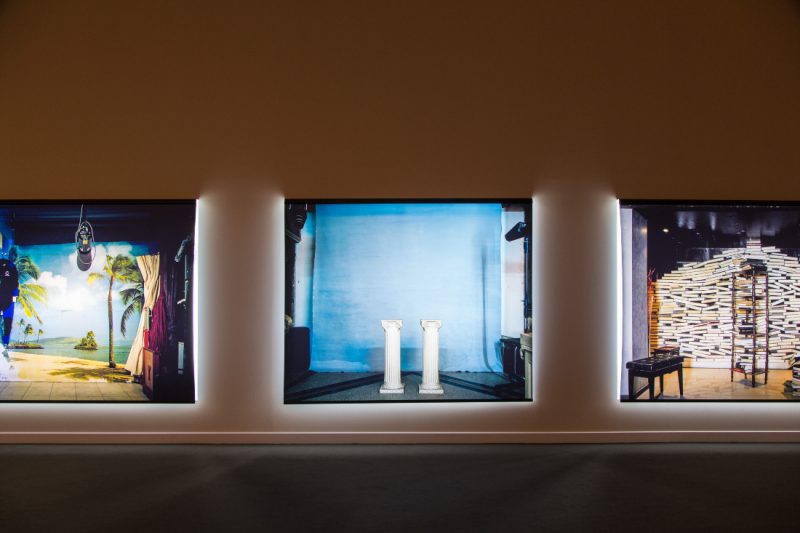Hrair Sarkissian’s (b. 1973, lives and works in The Hague, Netherlands) photographic practice is characterised by an element of search, as well as the dichotomy of visible/invisible. The search relates to answers about his personal memories and history, while the engagement with what is visible and what is not comes as a re-evaluation of larger historical, religious and social narratives. The invisibility versus visibility is evident in his often deserted landscapes and locations, devoid of human presence yet filled with human existence. Mankind’s intervention is, although invisible, tangible through the buildings undergoing construction or the ruined cityscapes, remnants of conflict.
Sarkissian earned his foundational training at his father’s photographic studio in Damascus, and completed a BFA in Photography at the Gerrit Rietveld Academie, Amsterdam (2010). His work has been widely exhibited, including at the Modern Art Museum, Fort Worth (2020); Valencian Institute of Modern Art (IVAM), Valencia (2019); 14th Sharjah Art Biennial (2019); The Davies Museum, Massachusetts (2017); Sursock Museum, Beirut (2017); Kadist, San Francisco (2017); Imperial War Museum, London (2017); BALTIC Centre for Contemporary Art, Newcastle (2017); Kulturcentrum Ronneby, Sweden (2016); 10th Bamako Encounters, Mali (2015); KW Institute for Contemporary Art, Berlin (2015); the Golden Lion-winning Armenian pavilion at the Venice Biennale (2015); Mosaic Rooms, London (2015); Museum Folkwang, Essen, Germany (2014); Tate Modern, London (2014); The New Museum, New York (2014); and Darat al Funun, Amman (2011).
